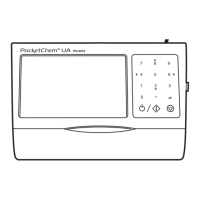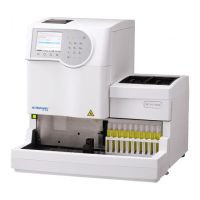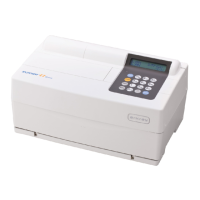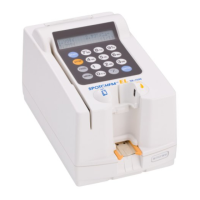What to do if the printer is not working correctly with Arkray Measuring Instruments?
- RRonald PerezAug 5, 2025
If the printer isn't working correctly with your Arkray Measuring Instruments, first, return to the standby screen. Then, ensure the printer is properly attached to the instrument. Clean any dirt from the gold metallic printer terminal on the instrument and the gold four-wire terminal on the printer using a dry, soft cloth or cotton swab.






